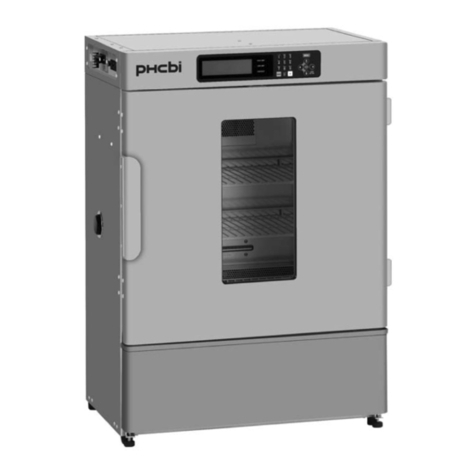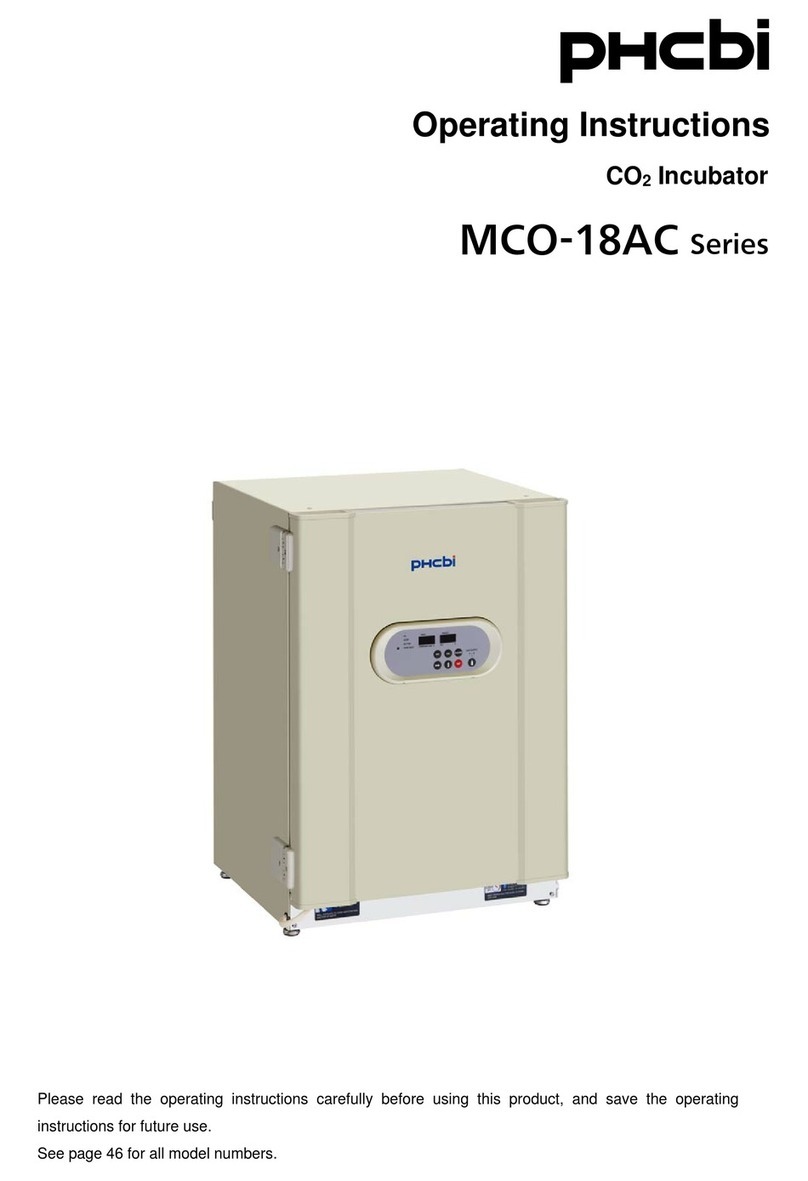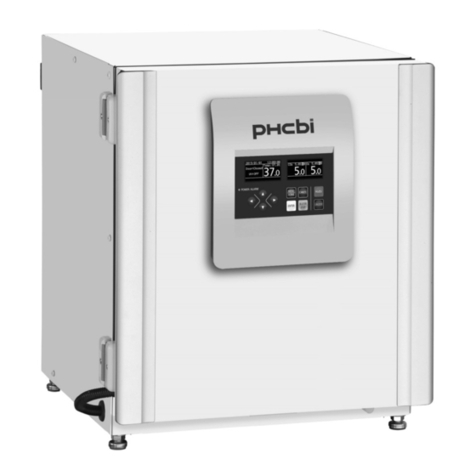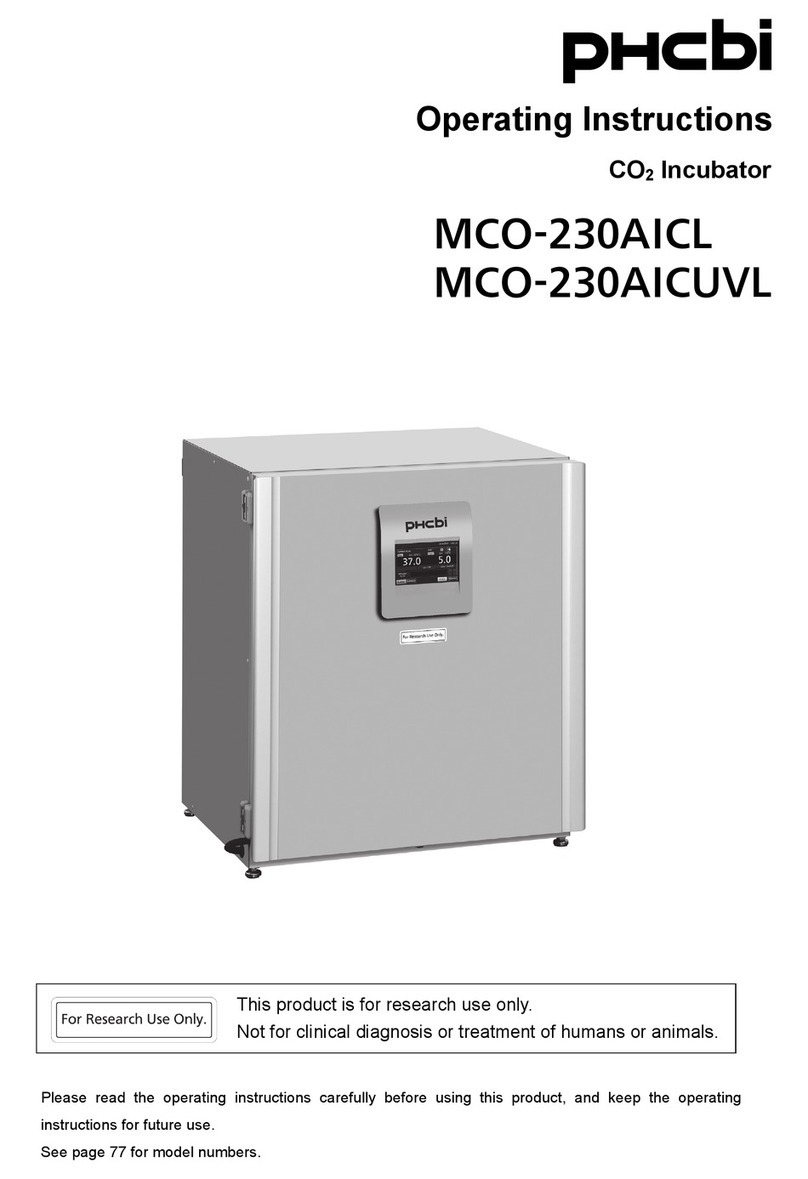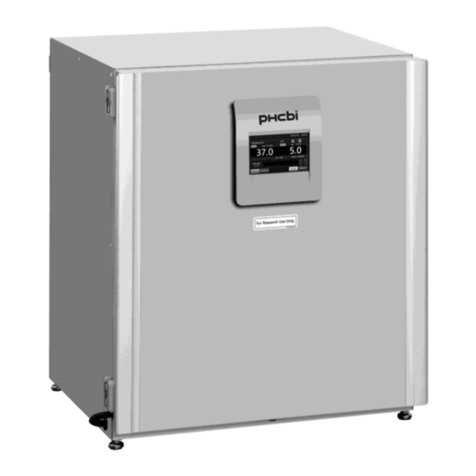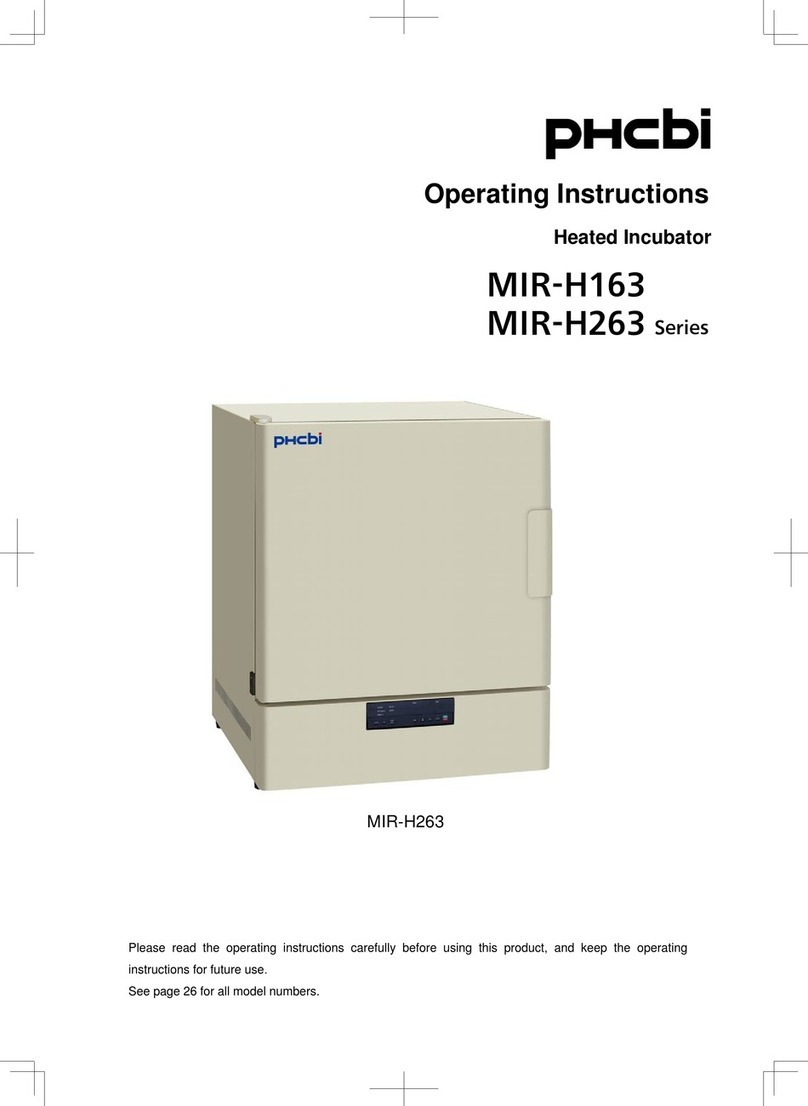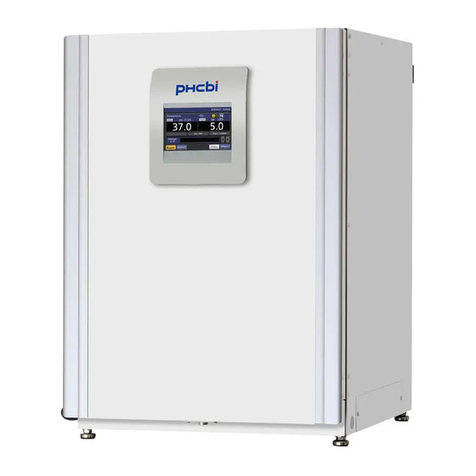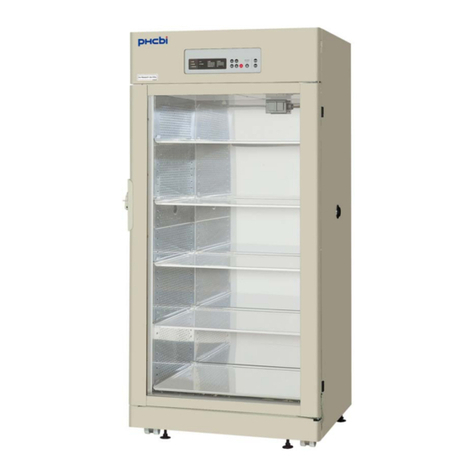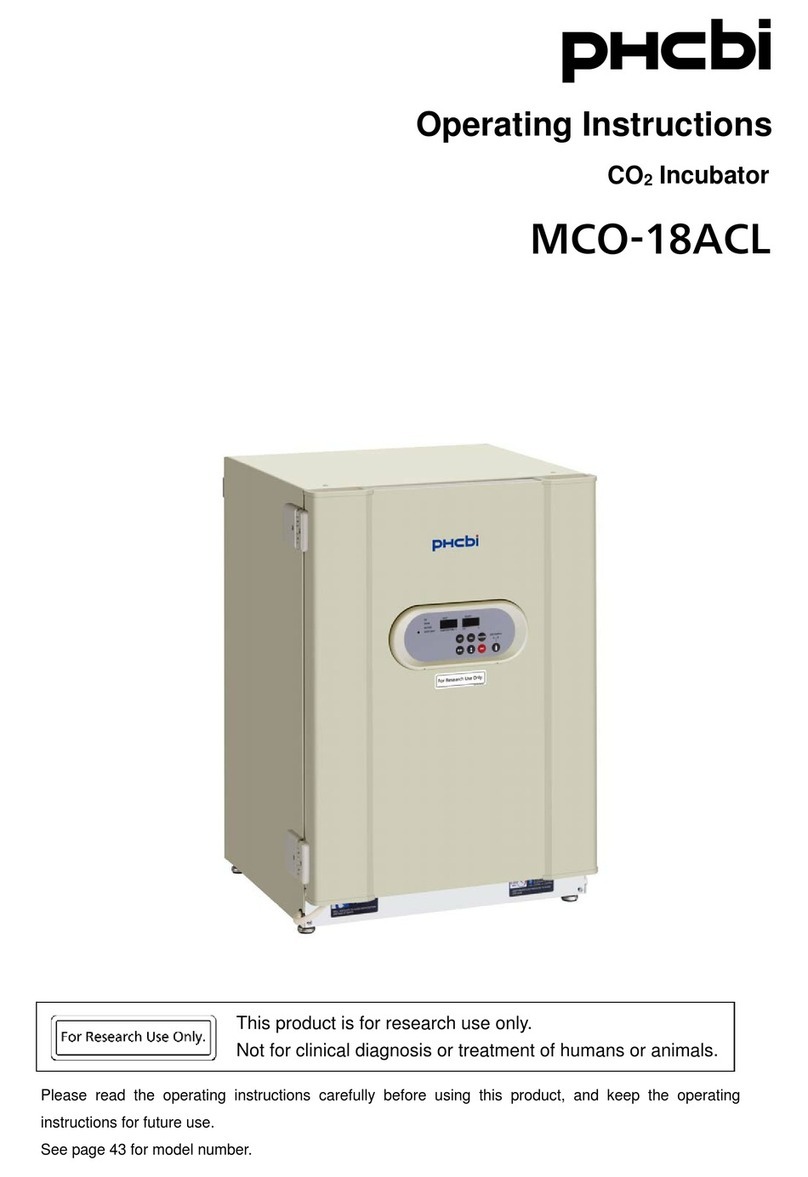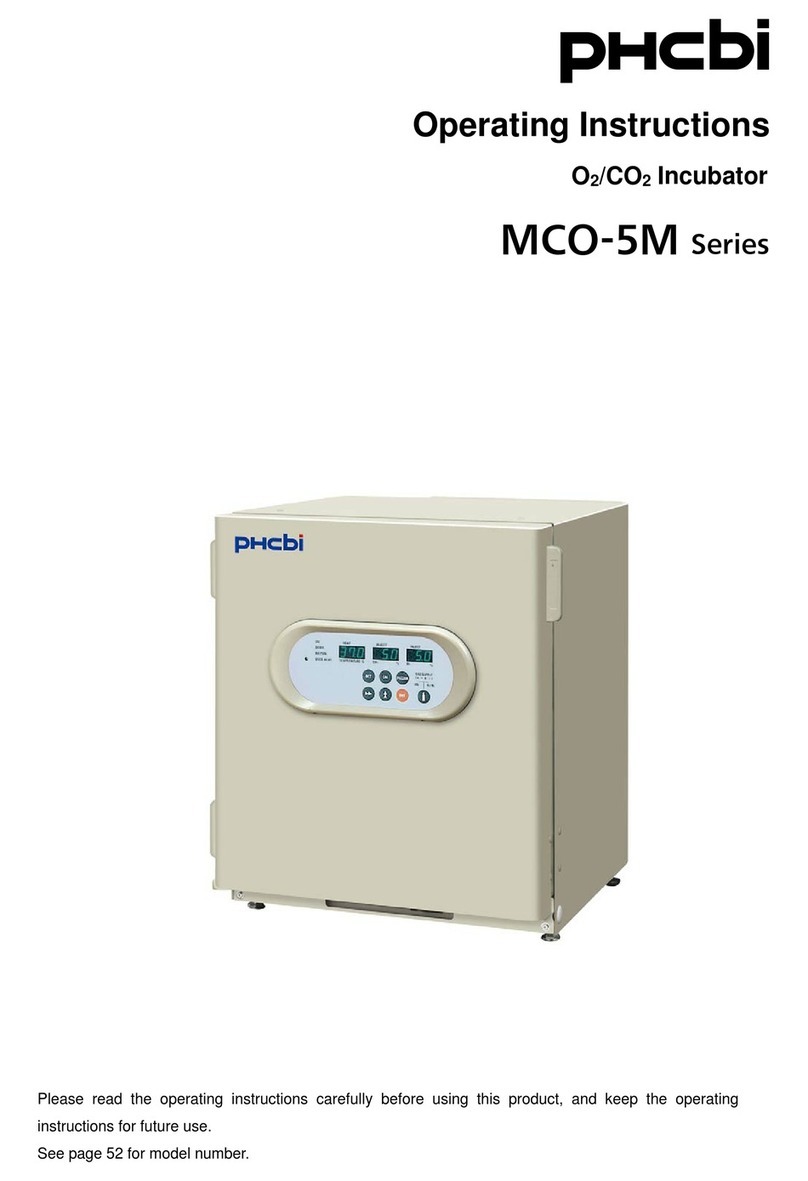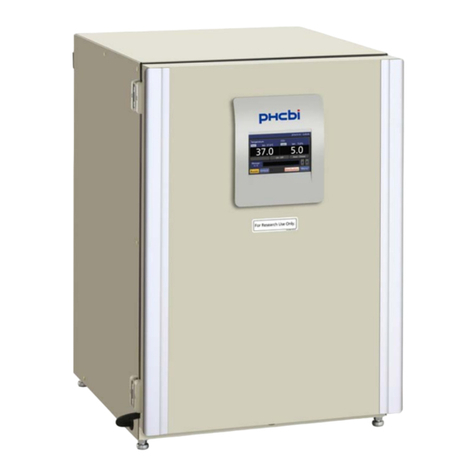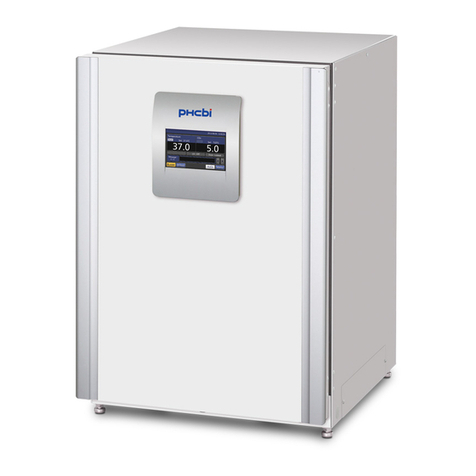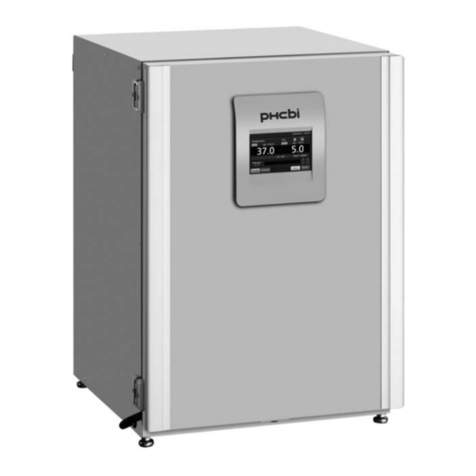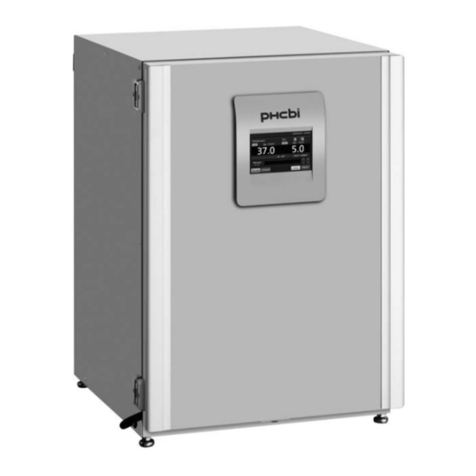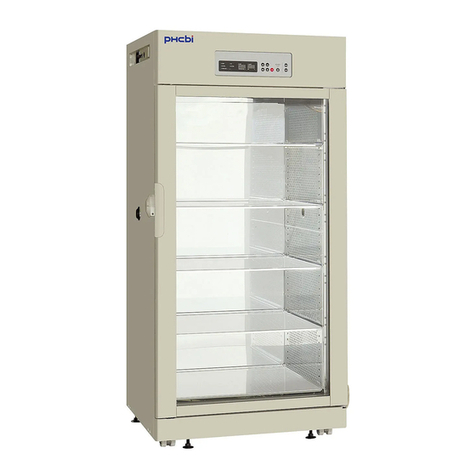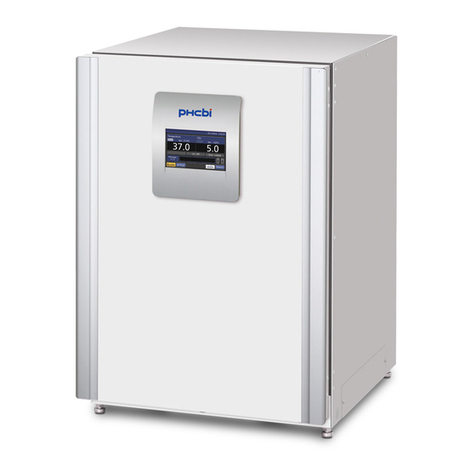
6
PRECAUTIONS FOR SAFE OPERATION
Do not use the unit outdoors. Exposure to rain may cause leakage and/or electric shock.
Only qualified engineers or service personnel should install the unit. The installation by
unqualified personnel may cause electric shock or fire.
Install the unit in a location capable of bearing the total combined weight (product + optional
accessories + stored items). After installing the unit, be absolutely sure to take precautions to
prevent the unit from falling over. If the unit is installed in a location which is not strong enough or if
the proper precautions are not taken, the unit may fall over and cause injuries.
Do not install the unit where there are high levels of moisture or where it may be splashed with
water. Installing the unit where there are high levels of moisture or where it may be splashed with
water may cause the insulation to deteriorate and give rise to leakage and/or electric shock.
Do not install the unit in a location where flammable or volatile substances are present.
Installing the unit in a location where flammable or volatile substances are present may cause
explosions and/or a fire.
Do not install the unit in a location where corrosive gases such as acids are present. Installing
the unit in a location where corrosive substances are present may cause electric components to
corrode, leading to leakage and/or electric shock due to the deterioration of insulation resulting from
corroded electrical components.
Do not place this unit in a location where it is difficult to disconnect the power supply plug.
Failure to disconnect the power supply plug may cause fire in the event of a problem or malfunction.
Be absolutely sure to earth (ground) the unit in order to prevent electric shock. Failure to earth
the product may give rise to electric shock. If necessary, ask a qualified contractor to do this work.
Do not connect the earth wire to a gas pipe, water pipe, or lightning rod when earthing the
unit. Earthing the unit improperly may give rise to electric shock.
Connect the unit to a power source as indicated on the rating label attached to the unit. Use of
any other voltage or frequency other than that on the rating label may cause fire or electric shock.
Never store volatile or flammable substances in this unit except in a sealed container. Such
substances may cause explosion or fire if they leak.
Never insert metal objects such as pins and wires into any vent, gap or outlet on the unit. This
may cause electric shock or injury by accidental contact with moving parts.
When handling harmful samples (for example, those which consist of toxic, pathogenic, or
radioactive substances), install the unit inside a designated isolation facility. If the unit is
installed in a location which is not an isolation facility, there may be detrimental effects on both people
and the natural environment.
WARNING
